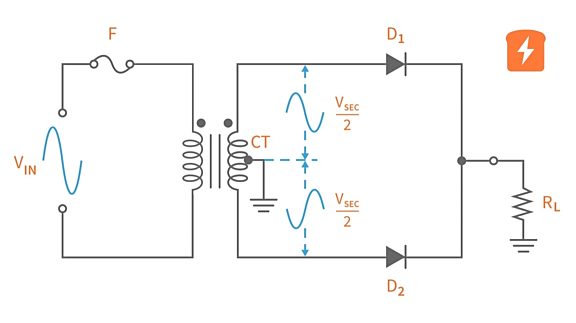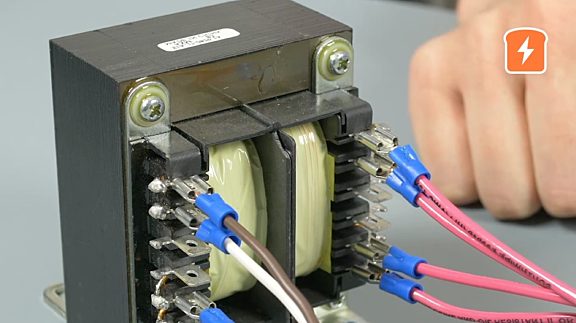How to Wire for 240 Volts in the USA | CircuitBread Practicals
Published
Welcome to another CircuitBread Practicals - where we talk about the intersection between electrical work and electrical engineering. We’re trying to make it so, as electrical engineers, we don’t embarrass ourselves quite as much when somebody asks us about what's going on in an electrical system in a house. In this Practicals, we’re going to talk about how to wire up a 240V circuit. This isn’t that common but it is really quite simple.
Before we get into it, I want to thank our Friend of CircuitBread, Triad Magnetics, for supporting this tutorial. They create transformers and other magnetics that work across a wide voltage spectrum and can be utilized in any projects that have incoming 120V or 240V, making them extremely flexible for use worldwide.
The vast majority of residential and commercial circuits in the United States are 120V. But on occasion, you get a piece of equipment, such as a water heater, clothes dryer, lab power supply, that requires 240V. This is usually because it needs so much power that the current needed at 120V would be much too great for normal wiring, but by doubling the voltage, you can halve the current needed for the same power.

To get 240V out of a service panel, you need to have the correct breaker and the correct wire. 240V breakers are 2-pole breakers that take up two spots in a panel and connect to both sides of the incoming hot wires. As the power coming into most panels in the United States has two 120V lines that are 180 degrees out of phase (sometimes referred to as split-phase). By tapping into both of those hot wires, you get a 240V differential between the two lines at their peaks.

Once you have the breaker that is connected to both hot lines, you will need either two or three conductors, depending on the application. Some devices only require the two hot wires and no neutral, where other appliances need both hot wires and a neutral. In the first case, you only need two conductors and ground. In the second case, you need three conductors and ground. Where there are three conductors, the third conductor, which is the hot wire, would be red. So you will have a hot black wire, a hot red wire, a neutral white wire, and a copper or green ground wire.

Hook the two hot wires to the circuit breaker, the neutral and ground to their respective bars (unless the breaker is a GFCI or AFCI type, in which case the neutral will be tied to the circuit breaker as well). How the other end of these wires are terminated will depend greatly on the application. It is best to look at the plug you will be using and follow the accompanying instructions. If you did the portion in the panel correctly, it should be straightforward to finish the other end. It should be noted that 240V breakers can be in multiple amperage sizes but the most common are 20A, 30A, 40A, and 50A breakers. I’ve seen larger but not smaller, though I wouldn’t be surprised if a much greater variety is available.
When dealing with AC voltage, there are many things to remember when getting it to behave the way you'd like! If you have more questions about AC voltages, transformers, and other voltage-transforming equipment, I highly recommend visiting the Triad Magnetics Resource Page.
Hopefully, this helps! Electrician work is very different from electrical engineering work, and is extremely complex in its own right, with a myriad of rules and regulations designed to keep you safe and not burn anything down. Electricians are an amazing resource and hopefully, this makes it so that you can speak intelligently with them, follow what work they’re doing, and also act as a sanity check to make certain they’re not making any mistakes.
Again, we want to thank Triad Magnetics for their support and highly recommend you check out their product listing on power transformers to see if there are any products that could be beneficial for your next project.

Get the latest tools and tutorials, fresh from the toaster.








